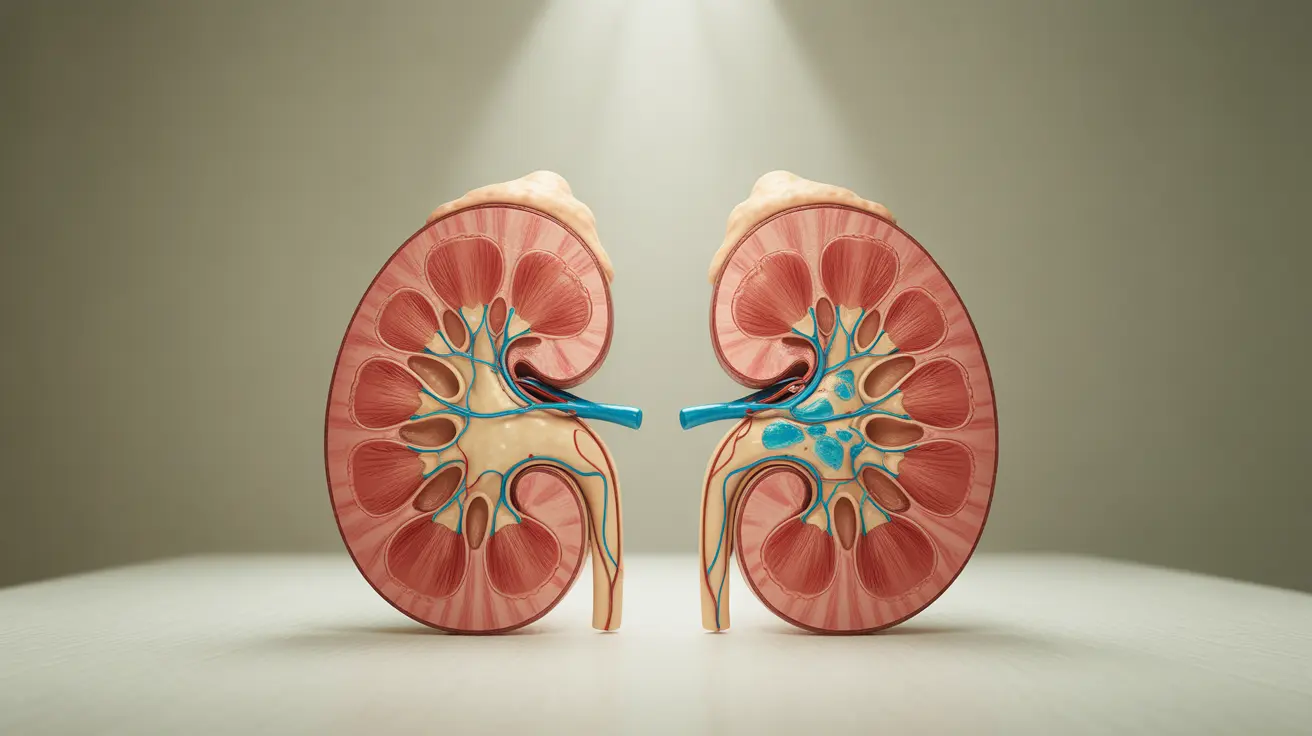Experiencing dry eyes after blepharoplasty (eyelid surgery) is a common concern that can significantly impact your daily comfort and vision. While temporary dry eye symptoms are normal during the initial recovery period, some patients may continue to experience symptoms even six months after the procedure. Understanding the causes, management strategies, and available treatments is crucial for addressing this condition effectively.
Understanding Post-Blepharoplasty Dry Eye Syndrome
Dry eye syndrome following blepharoplasty can occur due to several factors, including changes in eyelid position, temporary disruption of tear production, and altered blink mechanics. When these symptoms persist beyond the typical healing period, it's essential to seek professional evaluation to determine the underlying cause and appropriate treatment approach.
Common Symptoms and Duration
Post-blepharoplasty dry eye symptoms typically include:
- Burning or stinging sensation
- Feeling of grittiness or foreign body sensation
- Blurred vision that improves with blinking
- Excessive tearing
- Eye fatigue
- Light sensitivity
While most patients experience improvement within the first few months after surgery, persistent symptoms at six months post-procedure may indicate the need for specialized intervention.
Managing Persistent Dry Eyes
Immediate Relief Strategies
Several approaches can help manage dry eye symptoms:
- Regular use of preservative-free artificial tears
- Proper eyelid hygiene
- Environmental modifications (using a humidifier, avoiding direct air flow)
- Taking frequent breaks during screen time
- Wearing protective eyewear outdoors
Medical Treatments
For persistent dry eyes six months after blepharoplasty, your doctor may recommend:
- Prescription eye drops or ointments
- Punctal plugs to retain natural tears
- Anti-inflammatory medications
- Specialized contact lenses designed for dry eye relief
Prevention and Risk Reduction
To minimize the risk of developing chronic dry eye after blepharoplasty:
- Choose an experienced surgeon
- Discuss your medical history thoroughly
- Follow post-operative care instructions carefully
- Maintain proper hydration
- Protect your eyes from environmental irritants
When to Seek Professional Help
If you're experiencing persistent dry eyes six months after blepharoplasty, it's crucial to consult with your surgeon or an eye care specialist. They can evaluate whether your symptoms are related to the surgery or if other factors may be contributing to your condition.
Frequently Asked Questions
- What are the typical symptoms of dry eyes after blepharoplasty, and how long do they usually last?
Typical symptoms include burning, grittiness, blurred vision, and excessive tearing. While most symptoms resolve within 2-3 months post-surgery, some patients may experience prolonged symptoms requiring additional treatment.
- How can I manage dry eyes after blepharoplasty, and what treatments are available?
Management options include artificial tears, environmental modifications, punctal plugs, prescription medications, and specialized contact lenses. Your doctor can recommend the most appropriate treatment based on your specific symptoms and severity.
- Can dry eyes six months after blepharoplasty indicate a permanent condition, and what should I do if symptoms persist?
Persistent symptoms at six months may indicate a chronic condition requiring professional evaluation. Consult your surgeon or an eye specialist to determine the underlying cause and develop an appropriate treatment plan.
- What are the primary causes of persistent dry eyes after eyelid surgery, and how can I reduce the risk?
Primary causes include altered eyelid position, disrupted tear production, and changed blink mechanics. Risk reduction involves choosing an experienced surgeon, thorough pre-operative screening, and following post-operative care instructions carefully.
- Are there any non-surgical alternatives to blepharoplasty that might help avoid developing dry eye syndrome?
Non-surgical alternatives include dermal fillers, laser treatments, and specialized eye exercises. However, these may not provide the same results as surgery and should be discussed with a qualified professional to determine the best approach for your specific needs.




